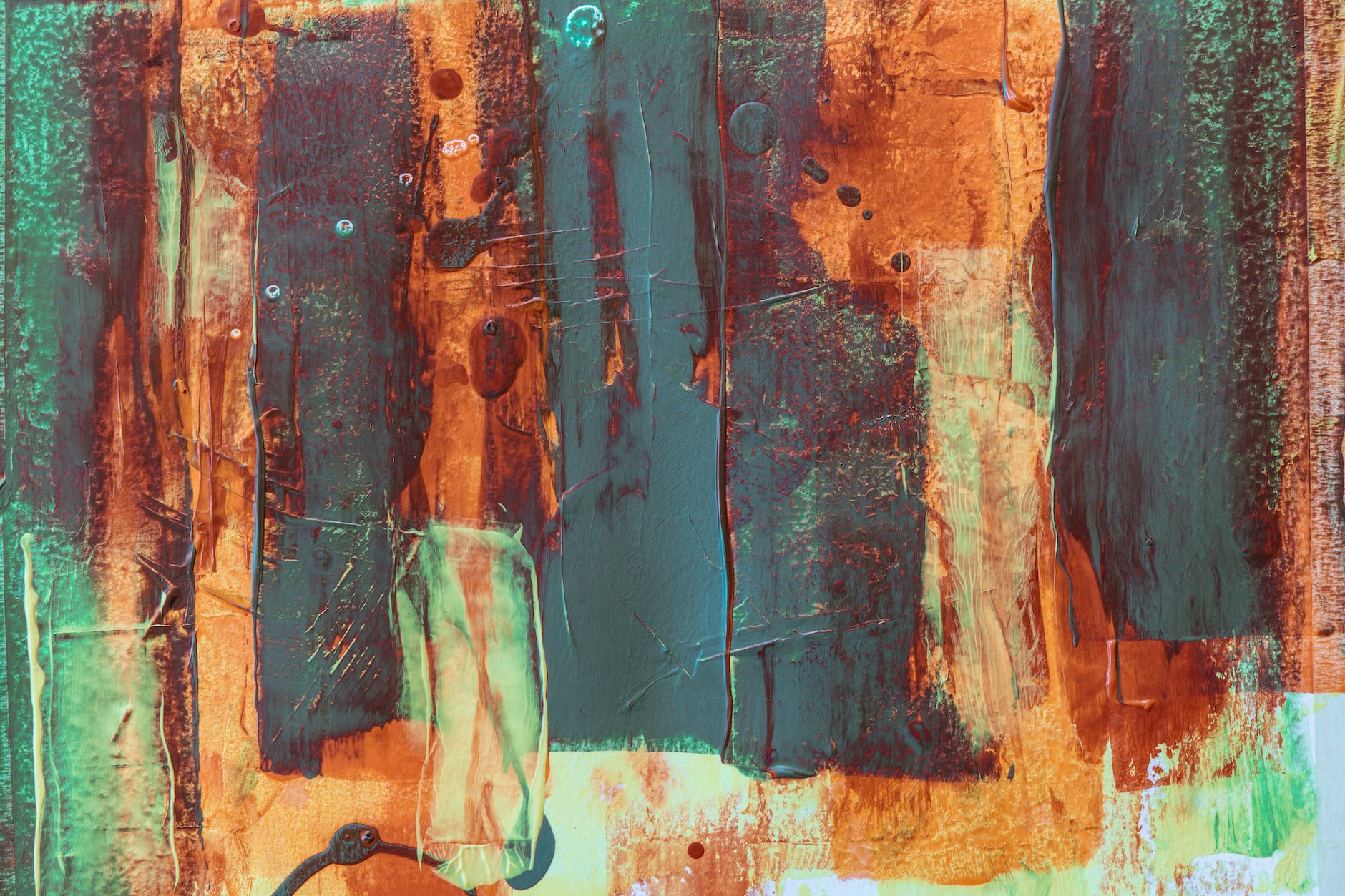
When it comes to finishing wood surfaces, there are two primary options: staining and painting. Both techniques can provide a beautiful finish but have different benefits and drawbacks. This article will explore the benefits of staining vs. painting wood surfaces.
Staining Wood Surfaces
Staining is applying a translucent or semi-transparent solution to a wood surface. This solution penetrates the wood, highlighting the natural grain and providing a protective layer against moisture and UV rays. Stains come in various colors, from natural wood tones to more vibrant hues.
One of the significant benefits of staining is that it preserves the natural beauty of the wood. Unlike paint, which covers up the grain and texture of the wood, stain allows these features to shine through. Additionally, staining requires less maintenance than paint, as it typically only needs to be reapplied every few years.
Another advantage of staining is that it can be used on a broader range of wood surfaces than paint. Stain works well on rough, uneven, or knotty wood, whereas paint may adhere better to these surfaces. Staining is also an excellent option for outdoor wood surfaces, allowing the wood to breathe and resist moisture damage.
Painting Wood Surfaces
Painting involves applying a coat of opaque paint to a wood surface. Unlike stain, which penetrates the wood, the paint sits on top of the character, creating a more uniform finish. Paint is available in various colors and finishes, from matte to high-gloss.
One of the benefits of painting is that it provides a more durable finish than staining. Paint creates a barrier between the wood and the elements, protecting the surface from moisture, UV rays, and other environmental factors. Additionally, color can cover up imperfections in the wood, such as knots, scratches, or discoloration.
Another advantage of painting is that it allows for more creative expression than staining. Paint can create unique designs or patterns on wood surfaces, adding a personal touch to furniture or a room. Additionally, paint can match or complement other colors in a space, creating a cohesive look.
Choosing the Right Finish for Your Wood Surface
When choosing between staining and painting, there is no one-size-fits-all answer. The best finish for your wood surface will depend on various factors, including the type of wood, the location of the surface, and your personal preferences.
If you want to highlight the natural beauty of your wood surface and require less maintenance, staining may be the best option for you. On the other hand, painting may be the way to go if you need a more durable finish or want to add a pop of color or design.
Thanks to Dunn Edwards here are some stain colors to start deciding between. Ultimately, the decision between staining and painting comes down to your specific needs and aesthetic preferences. With the right finish, you can protect and enhance the beauty of your wood surfaces for years to come. Now that you know the benefits of staining vs painting your wood we hope this helps you make the best decision. If you are ready to make the jump to either paint or stain contact us today to schedule your free estimate.








